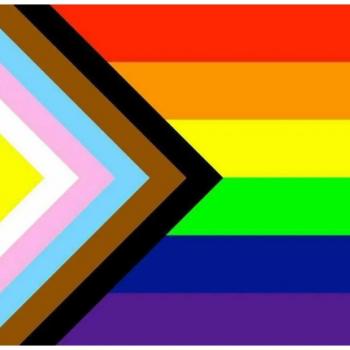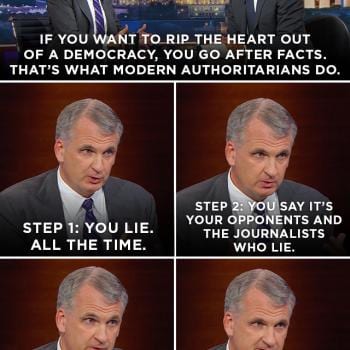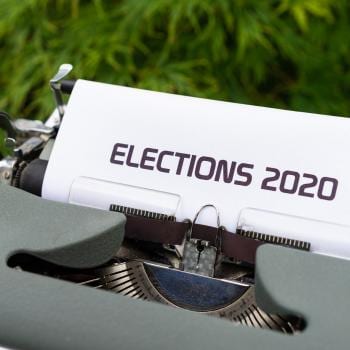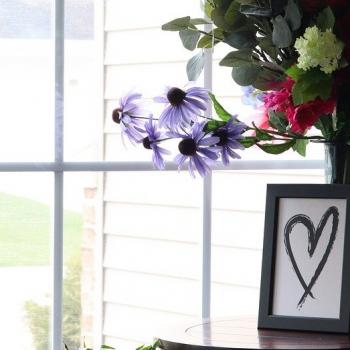How to describe Woodenfish? (Woodenfish is the name for the Humanistic Buddhism Monastic Life Program (HBMLP), based at Fo Guang Shan Monastery in southern Taiwan.)
It is something like a process of controlled chaos on the outside and -hopefully- a deepening calm and peace internally. The program itself was broken into roughly four segments:
- Classes for a few days
- Seven-day retreat (5 full days, plus an evening at the start and a morning at the end)
- Youth Summit on Life Education, and
- A cultural tour of Taiwan
This year was a bit different from past years in that it is the first time the program has coincided with the new “Youth Summit…” It also included approximately 100 participants, up from the typical 40-60 and ran three weeks, down from the usual four. Given all of that, there was probably a much higher sense of being rushed around and herded than in previous years and much of this was discussed, so likely will be organized slightly differently in future years as well.
Given that, it was a very remarkable program. Classes, which ranged from Abhidharma philosophy to the history of Ch’an Buddhism and Women’s issues in Buddhism, were all very interesting and rewarding. They were given primarily by monastics of Fo Guang Shan, many of whom possessed or were nearing Ph.D.s in their relevant fields. Additionally, students were given the choice of “basic” or “advanced” classes depending on their own background knowledge of given topics. From the Woodenfish site, here’s an example of a typical day:
| 5:30 AM | Wake-up call [note: morning “line-up” is at 5:50 AM] |
| 6:00 – 6:50 AM | Morning meditation and Tai-chi |
| 7:00 – 8:00 AM | Breakfast |
| 8:00 – 11:00 AM | Classes on Buddhist philosophy |
| 11:30 AM – 12:30 PM | Lunch and walking meditation |
| 1:30 – 3:30 PM | Sitting Meditation |
| 3:30 – 5:30 PM | Community Service / Personal Projects |
| 6:00 – 6:30 PM | Medicine Meal |
| 6:30 – 7:30 PM | Chinese Language and Calligraphy |
| 7:30 – 9:00 PM | Lecture / Q&A; |
| 9:00 – 9:30 PM | Vespers |
| 10:00 PM | Lights Out |
Most days we didn’t make it to “Vespers” (evening chanting) because the lectures went over-time. And the Chinese Language and Calligraphy seemed to disappear completely from the schedule, replaced by a longer period for dinner (Medicine Meal) and a 7pm start time for evening lectures.
At retreat-time we relocated to the Ch’an Hall in another part of the monastery, living in new, tighter quarters with 25 or so people per room and (for the most part) in silence. Here our schedule changed little in structure, mainly cutting off 30 minutes of sleep for a new 5am wake-up, but simplified greatly into a routine of seated meditation, walking meditation, eating, and tea breaks. During the tea breaks we were given helpful instructions for the meditation, ranging from posture techniques to dealing with emotions. Each evening we also had a Ch’an talk, usually given by a monastic in Chinese with English translation.
Exiting the retreat presented a bit of a shock to many of the participants. We were greeted by around a thousand -mostly East Asian- youths bustling around the monastery for the Youth Summit on Life (or Cross-Cultural, if you go with the Woodenfish website) Education. We also relocated again to another part of the monastery, this time into 6-person rooms into the Cloud Dwelling building. We returned to a 5:30 wake up and meditate schedule, followed by breakfast and various Youth Summit activities, including lectures, ice-breakers, and banquets. Most of us experienced a bit of hard time, at least at first, with the language barrier between ourselves and the others. After a couple days, however, several of my group surprised me with their excellent English speaking skills (just shy to start off, I suppose).
After the summit we headed off on a four day cultural tour, making our way from Kaohsiung in southern Taiwan on up to Taipei in the north. On our journey we visited a drug rehabilitation center that employed Buddhist or Christian (students there choose upon entering which to undertake) teachings to prevent recidivism, an earthquake museum, a mountain monastery, Taiwan’s National Palace Museum, and more. It was capped off by a visit and speech from Taiwan’s President Ma Ying-Jeou (center, in white next to Ven. Master Hsing Yun above).
All in all, it was quite a whirlwind tour, capped off with a free night in Taipei where most of us met up for drinks and some last goodbyes. As with last year’s China trip, the high point for most of us is the connections we have built with fellow academics and the opening of dialogs and opportunities for the future. If time permits, I’ll try to write a bit more in detail about the various aspects of the program. If you have specific questions, please use the comments section to ask – or email me. It’s not for everyone, and some participants struggled and one or two left early for different reasons. But for those with a sincere interest in Chinese Buddhist monastic life, it’s a goldmine of experiences and information. And for many -particularly those who are devoted to Ch’an/Zen practice – it is a rare life-changing experience.











